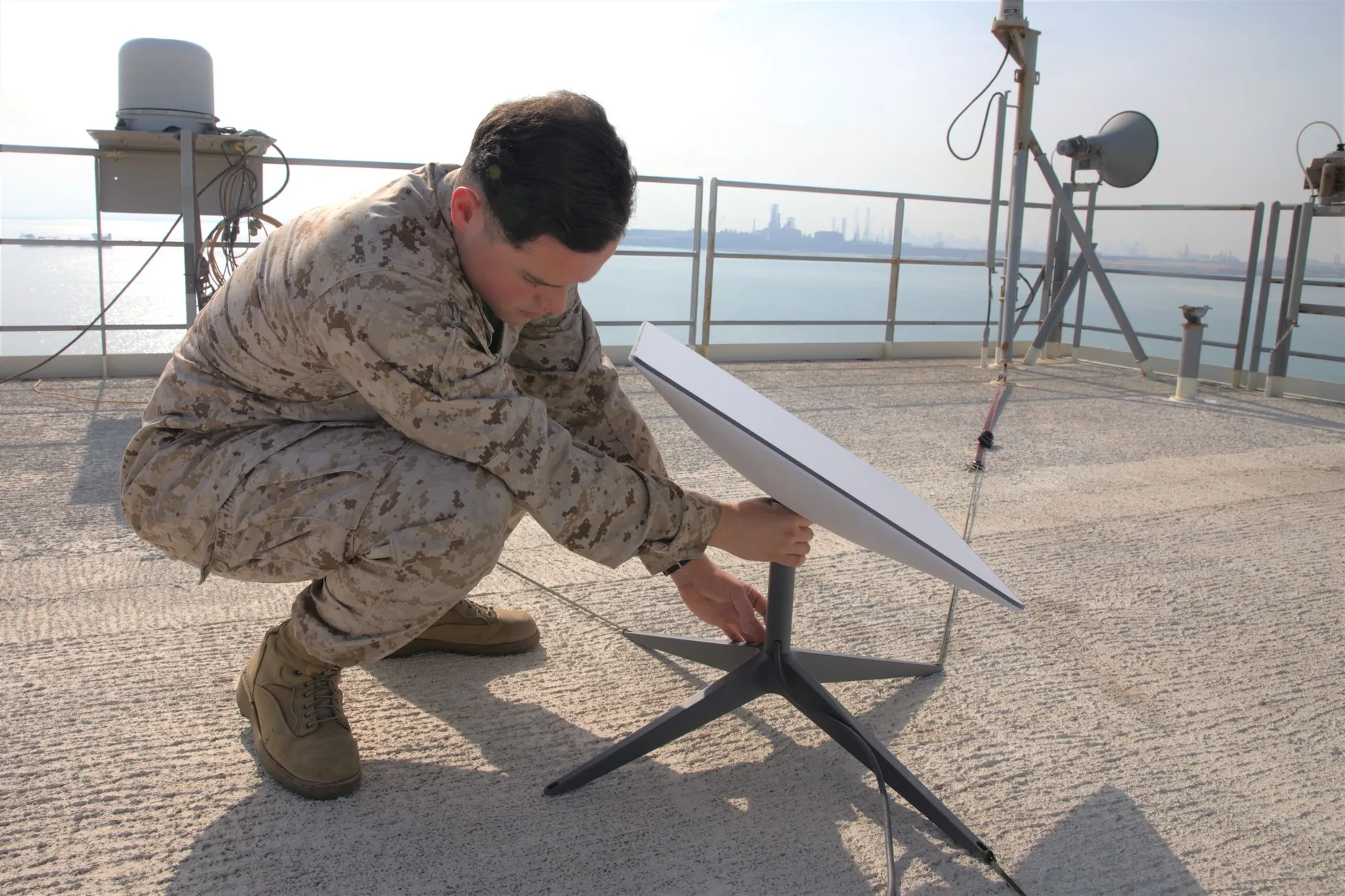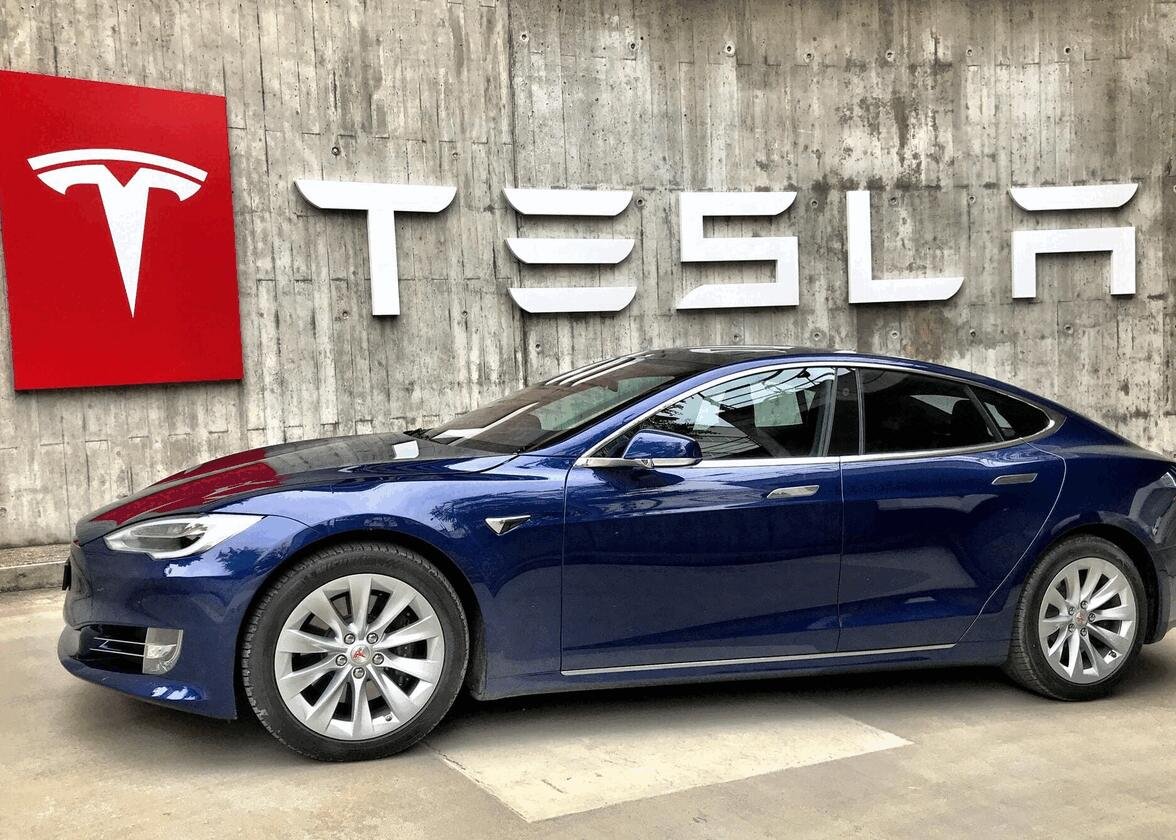How Starlink is Bridging the Digital Divide in Remote Areas
In the 21st century, internet connectivity has become a fundamental need, driving education, healthcare, business, and communication. Yet, billions of people around the globe remain without reliable internet access. This lack of connectivity creates a “digital divide,” isolating underserved communities and limiting opportunities for growth. Starlink, SpaceX’s revolutionary satellite internet system, is addressing this challenge head-on. By leveraging cutting-edge satellite technology, Starlink is bridging the digital divide, providing high-speed internet to remote and rural areas worldwide.

Let’s explore how Starlink is transforming connectivity and reshaping the future for underserved regions.
What is the Digital Divide?
The digital divide refers to the gap between individuals and communities with access to modern information and communication technology (ICT) and those without it. While urban areas often enjoy fast, affordable internet, rural and remote regions frequently face limited or non-existent connectivity due to infrastructure challenges and high costs.
The consequences of the digital divide are profound:
- Limited access to online education.
- Barriers to telemedicine and healthcare resources.
- Reduced economic opportunities for remote workers and entrepreneurs.
- Isolation from digital communication tools and global information.
Enter Starlink, a technology poised to level the playing field and bring the world closer together.
How Starlink Works
Starlink’s network relies on thousands of low Earth orbit (LEO) satellites that provide fast, low-latency internet coverage. Unlike traditional satellite internet, which uses geostationary satellites positioned far from Earth, Starlink’s LEO satellites orbit at a much lower altitude (around 550 km). This proximity ensures higher speeds and significantly lower latency.
Key components of the Starlink system include:
- LEO Satellites: Thousands of small satellites forming a global constellation.
- User Terminals: Compact, easy-to-install satellite dishes that connect users to the network.
- Ground Stations: Facilities that link satellites to the broader internet infrastructure.
This innovative architecture makes it possible to deliver high-speed internet to even the most remote corners of the world.
Starlink’s Role in Bridging the Digital Divide
Starlink is addressing many of the barriers that have traditionally kept rural and underserved areas offline. Here’s how:
1. Overcoming Infrastructure Challenges
Building physical infrastructure like fiber-optic cables and cell towers in remote regions is often prohibitively expensive and logistically challenging. Starlink bypasses this issue by delivering internet from space. With no need for extensive ground infrastructure, Starlink can quickly deploy its services to areas where traditional ISPs have been unable to reach.
2. Affordable High-Speed Internet
For years, rural users have had to rely on slow and expensive satellite internet services. Starlink’s system offers competitive pricing and significantly better performance. By reducing costs and increasing speeds, Starlink makes internet access more attainable for underserved populations.
3. Expanding Access to Education
For students in remote areas, lack of internet access often means missing out on online learning opportunities. With Starlink, schools and homes can connect to high-speed internet, enabling access to digital classrooms, e-learning platforms, and global educational resources. This connectivity is empowering students to achieve their full potential, regardless of their geographic location.
4. Supporting Telemedicine
Healthcare in rural areas often suffers due to limited resources and lack of specialists. Starlink is transforming telemedicine by providing reliable internet for virtual consultations, remote diagnostics, and access to medical information. This technology is saving lives and improving the quality of healthcare in underserved regions.
5. Enabling Economic Opportunities
From small business owners to remote workers, reliable internet is a lifeline for economic growth. Starlink’s services enable entrepreneurs in rural areas to access global markets, participate in e-commerce, and collaborate with clients worldwide. Freelancers and gig workers can also thrive with the high-speed connectivity Starlink provides.
6. Enhancing Communication During Disasters
Natural disasters often disrupt traditional communication networks, leaving affected communities isolated. Starlink’s satellite-based infrastructure is resilient to such disruptions, ensuring that emergency responders and residents remain connected. This capability has already proven invaluable in disaster recovery efforts around the world.
Real-World Impact of Starlink
Starlink’s efforts to bridge the digital divide are already making a difference. Here are a few examples of its real-world impact:
- Alaska, USA: Starlink has brought high-speed internet to remote Alaskan villages where connectivity was previously unreliable or non-existent. Residents can now access telehealth services and online education, transforming their quality of life.
- Chile: In rural communities in Chile, Starlink has enabled children to continue their studies during the COVID-19 pandemic, ensuring they don’t fall behind academically.
- Philippines: Starlink has partnered with local governments to provide internet access in disaster-prone regions, improving emergency preparedness and response.
These success stories demonstrate the transformative power of Starlink in closing the connectivity gap.
Challenges and Criticisms
While Starlink is a game-changer, it is not without its challenges:
1. High Initial Costs
Starlink’s hardware costs, including the satellite dish and user terminal, remain a barrier for some users. Although prices are gradually decreasing, affordability continues to be a concern in low-income regions.
2. Space Debris and Environmental Impact
The growing number of Starlink satellites raises concerns about space debris and its impact on astronomical observations. SpaceX is working to address these issues through responsible satellite design and operations.
3. Scalability
As Starlink expands its user base, maintaining high performance and reliability could become a challenge. Ongoing investments in satellite launches and ground infrastructure will be crucial to sustaining growth.
The Future of Starlink and Global Connectivity
Starlink’s mission to bridge the digital divide is just beginning. Here are some key developments to watch:
1. Expansion into Mobile Connectivity
Starlink is developing solutions for mobile platforms, including connectivity for vehicles, ships, and planes. This innovation will further extend internet access to travelers and industries operating in remote environments.
2. Collaboration with Governments
By partnering with governments and organizations, Starlink can accelerate the rollout of internet services in underserved areas, ensuring no one is left behind.
3. Next-Generation Satellites
Starlink’s upcoming satellite designs will improve capacity, speed, and coverage, making its services even more effective and accessible.

The digital divide has long been a barrier to progress, but Starlink is breaking down these walls with its groundbreaking satellite technology. By providing high-speed, reliable internet to remote and underserved regions, Starlink is empowering communities, improving lives, and unlocking opportunities that were once out of reach.
While challenges remain, the potential of Starlink to transform connectivity on a global scale is undeniable. As the network continues to evolve and expand, the dream of universal internet access is becoming a reality. The question now is not if, but when the digital divide will finally be bridged—and Starlink is leading the charge.
Are you ready to witness a connected world, one satellite at a time?
For more product info : https://www.starlink.com/us
For further reading : https://nextwaveusa.online/





Leave a Reply